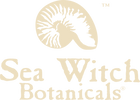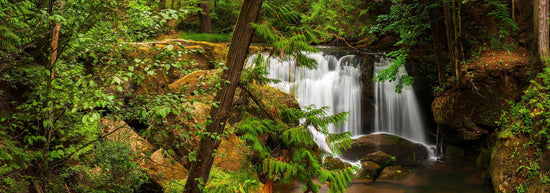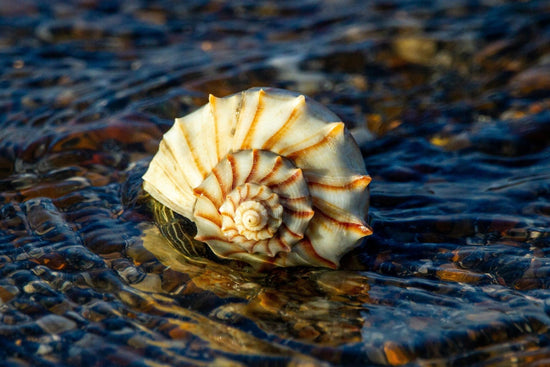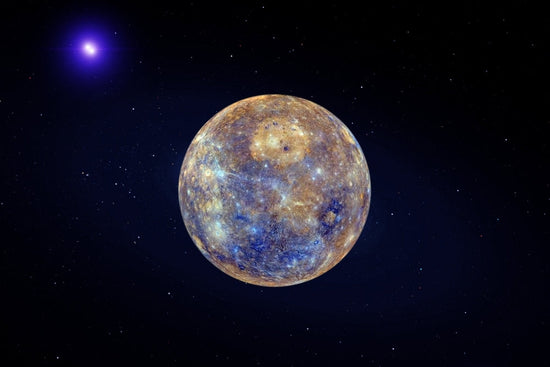Each year on the day after Thanksgiving, we like to celebrate Green Friday, a movement that promotes more mindful shopping that’s less harmful to the environment. It’s our way of maintaining our commitment to social and environmental responsibility on the biggest shopping day of the year.
Every year on Green Friday, we choose a nonprofit to donate to. This year, we’ll be donating 100% of all online retail profit to Conservation Northwest. Their mission is to connect the big landscapes, restore iconic wildlife, and protect our natural heritage for future generations. They conserve wildlands and wildlife along the Western coast of North America, and have been “keeping the Northwest wild since 1989”. We’re excited to partner with this amazing organization to support the impactful work that they do.

To get the inside scoop on topics like which conservation projects they're most proud of, what their team is currently working on, ways we can help wildlife as civilians, and what excites them about the future of our planet, we interviewed their Director of Development, Matthew Brouwer. Here's our interview with Matthew:
Q: Tell us about Conservation Northwest! What is your mission?
A: We protect, connect and restore wildlands and wildlife from the Washington Coast to the British Columbia Rockies. Our M.O. is simple: connect the big landscapes, restore iconic wildlife and protect our natural heritage for future generations.
Bold, imaginative and effective, we’ve protected hundreds of thousands of acres of wildlands, supported the recovery of threatened species like wolves, Canada lynx and fishers, and touched the lives of thousands throughout the greater Northwest.

We recognize that for long-term progress, conservation of animals and wildlands must go hand-in-hand with healthy communities. We’re restoring wildlife, forests and wild places by working with diverse stakeholders. Through dialogue, we find common ground and collaborative solutions.
Elected officials, government agencies, Native American tribes and First Nations, business leaders and conservationists alike know us for being science-based, persistent in seeking a healthier environment, yet realistic in how we achieve lasting change.
Q: Tell us about the beginnings! Why was Conservation Northwest created? When and where did it start?
A: Conservation Northwest (CNW) was founded in Bellingham, WA in 1989 “to promote the protection of biological diversity through the conservation of large ecosystems". At the time, the big issue of the day was the rapid loss of Northwest old-growth forests, and CNW (then known as the Greater Ecosystem Alliance) launched a successful grassroots campaign raising national awareness about the issue that led to an eventual settlement protecting much of the remaining old-growth in Washington’s national forests.
Q: How has your organization grown? Where are you currently located?
A: From a small staff in Bellingham, CNW has grown to a team of 20 flung throughout Washington. Our main office is now in Seattle but we have conservation staff across the state in places like Bellingham, Olympia, Twisp, Omak, and Chewelah.
Q: What range of initiatives has Conservation Northwest been pivotal to helping with?
A: Our programs cover much of Washington and beyond, from the Colville National Forest in Northeast Washington to Southwest British Columbia grizzly bear country to Central Cascades watersheds near Mount Rainer.
We’ve been critical for protecting Washington’s dwindling old-growth and sagelands habitats, connecting fragmented ecosystems through creating habitat corridors and wildlife crossings, gaining permanent protection for Northwest crown jewels like the Methow Headwaters and Blanchard Mountain, and helping to recover threatened wildlife like Canada lynx, grizzly bears, wolverines, bighorn sheep and sharp-tailed grouse.
We also work a lot to shape policy in Washington on issues like the management of national and state forestlands, use of beneficial fire, and the recovery of threatened species like wolves and marbled murrelets.

Map of Conservation Northwest's key conservation programs
Q: What do you think are Conservation Northwest's top 3 achievements?
A: That’s tough to pick. Three of my favorites are 1.) the wildlife crossings on I-90, which have helped to reconnect the ecosystems of the North and South Cascades, 2.) the reintroduction of fishers to Washington, a large member of the weasel family which was made extinct locally by trappers and habitat loss in the early 20th century, and 3.) the Loomis State Forest where we raised over $16 million of to permanently protect 25,000 acres of Canada lynx habitat from logging.
Q: How have your operations been affected by the pandemic?
A: We’ve definitely been affected, but fortunately, when your work is the wild, it’s easier to adjust. A lot of meetings with staff and external partners now take place on Zoom, and we’ve had to scale back some of our volunteer restoration work parties. But other than that, the work largely goes on, and we’ve had a lot of great successes this year like the completion of wildlife crossing and protective fencing project that’s helping to reduce mule deer collisions on Highway 97 in north-central Washington.
Q: Are there any simple ways people make a positive impact on wildlife protection and habitat restoration?
Find out about organizations and efforts in your local community and get involved. Conservation can often feel like a marathon, and there can be a lot of waiting between steps in the process. But if you stay tuned there will be opportunities to make a difference, whether it’s signing action alerts, being involved in work parties, or attending meetings where land management decisions are made.
Q: What excites you about the future of the planet?
A: While it’s easy to get anxious about the big threats to the environment, when you get on the ground and look closely, there are a lot of great efforts going on. Wildlife crossings are being built, every year new areas of habitat are receiving permanent protection, and we’re now thinking about how to reconnect large ecosystems.
While many species are struggling, we’re also seeing cases where due to conservation efforts wildlife numbers are increasing, like the case in Washington with wolves. Humans have done incredible damage to our planet, but if we act intentionally and in partnership with nature, nature can bounce back.

Q: Besides monetary donations, are there ways folks can support the important work you are doing?
A: For sure! Sign up for our e-newsletter and stay informed. We regularly have action alerts where you can advocate for wildlife and wildlands with elected leaders, and once the pandemic ends, we’ll renew our volunteer work parties.
Q: Where can people keep up with Conservation Northwest?
We want to thank Conservation Northwest for the great work they do as well as the time they took this year to interview with us. Stay tuned for more collaboration in the future!
*All photos courtesy of Conservation Northwest.





